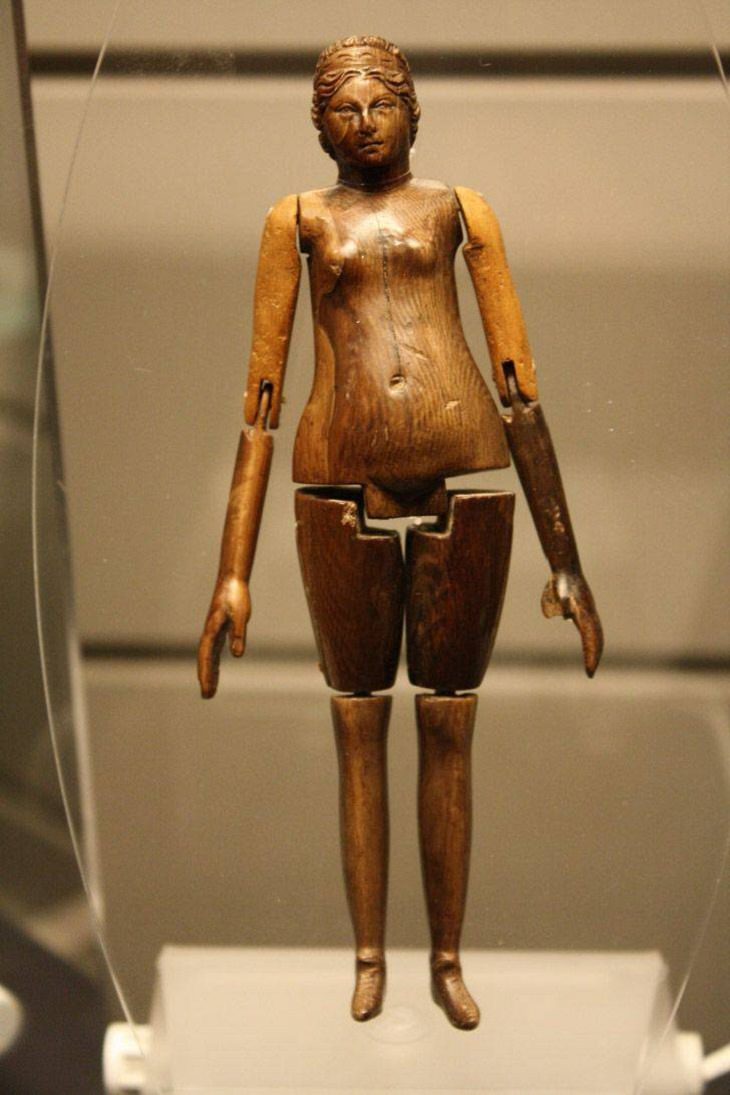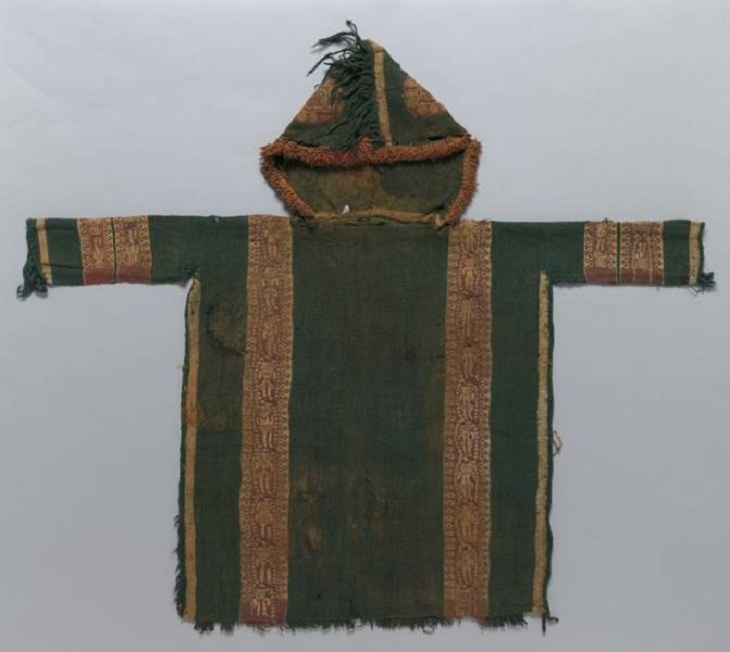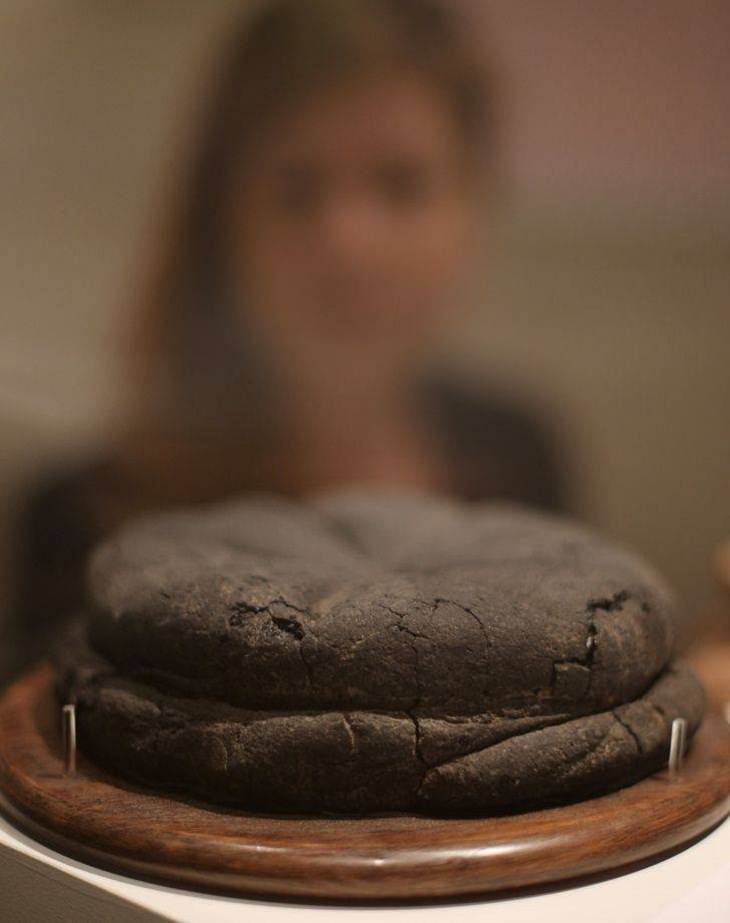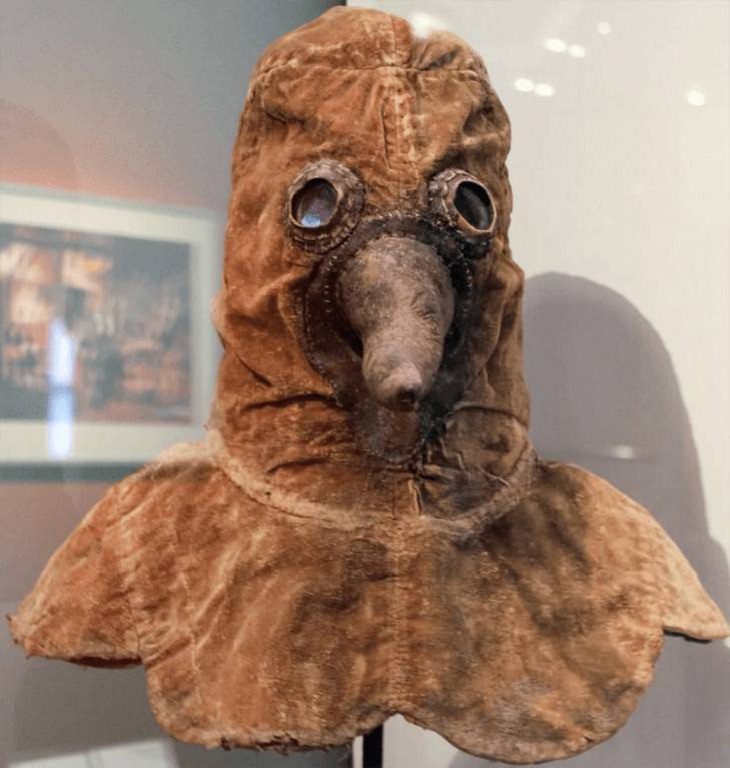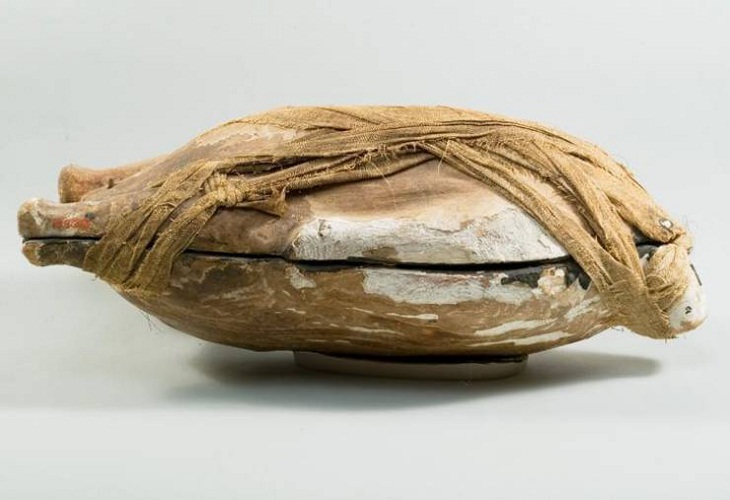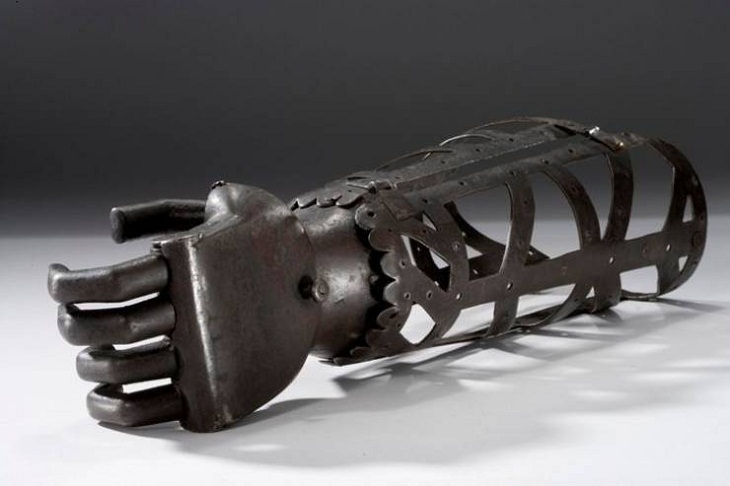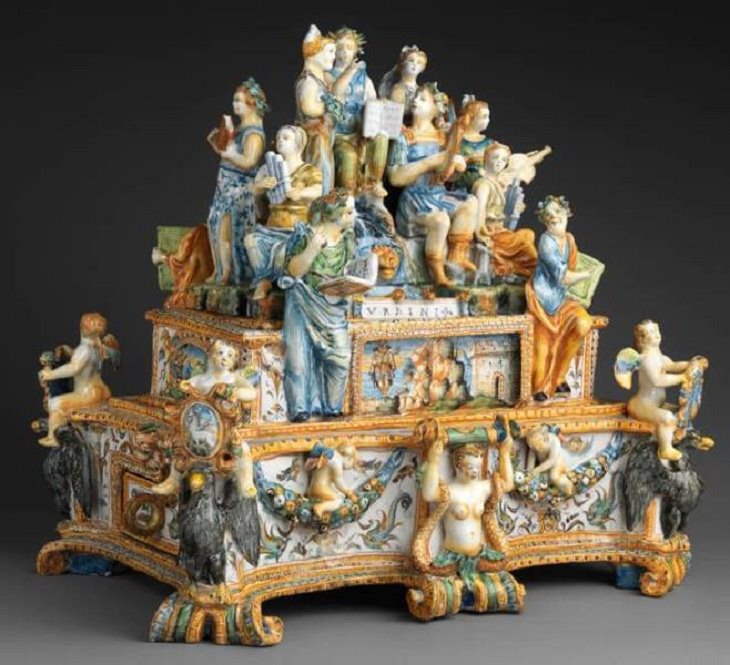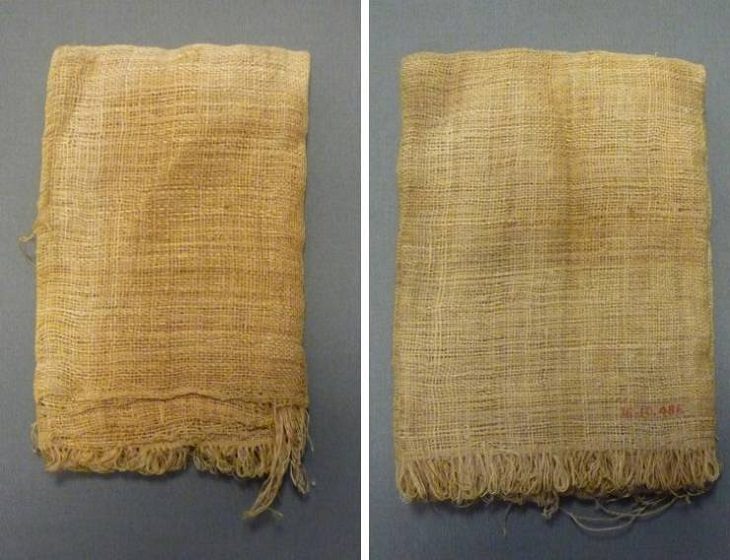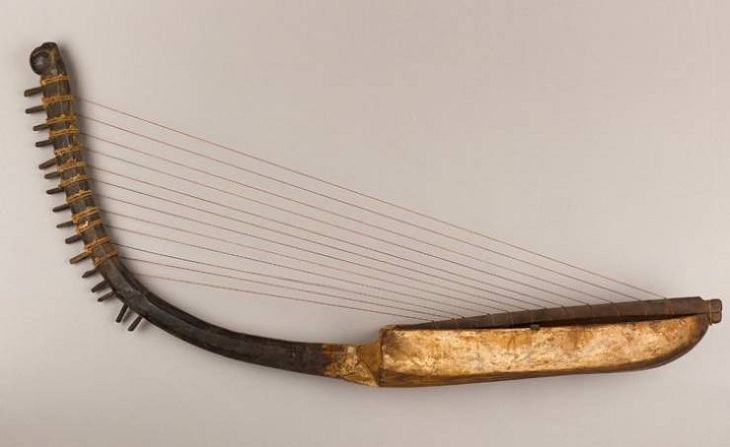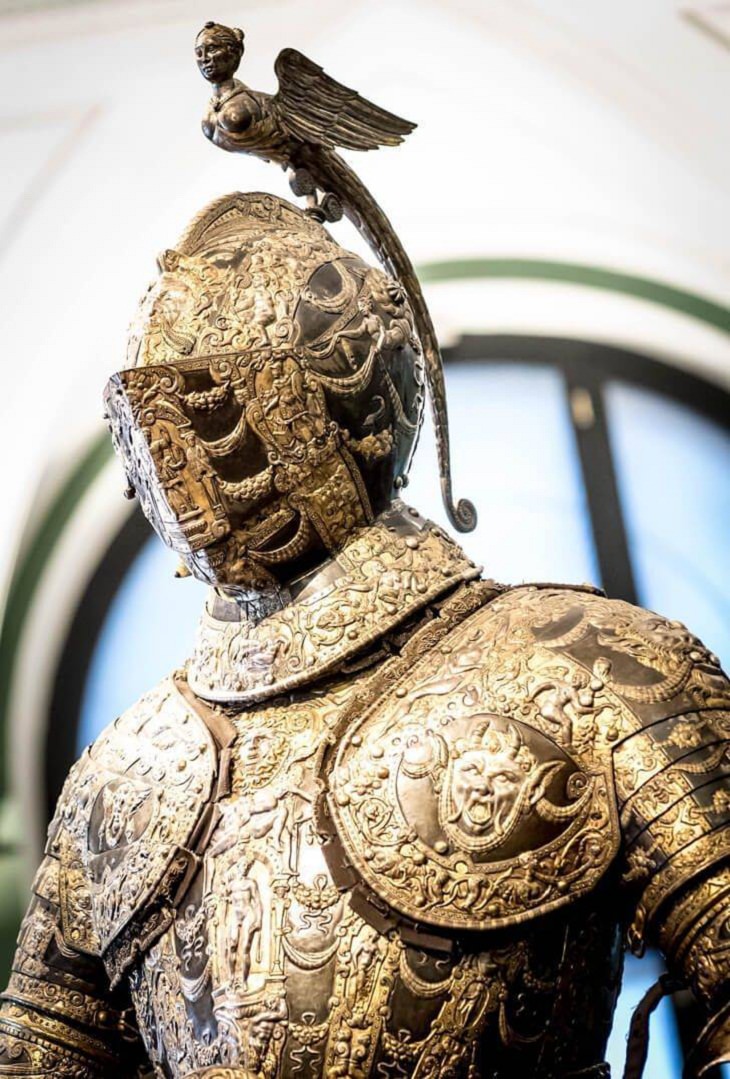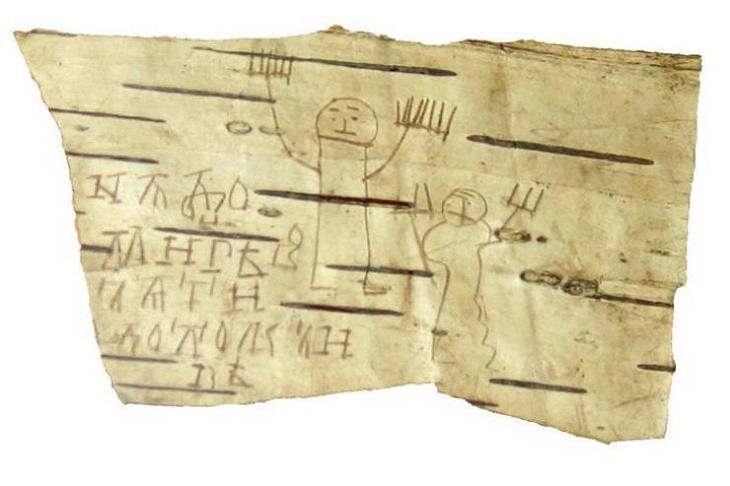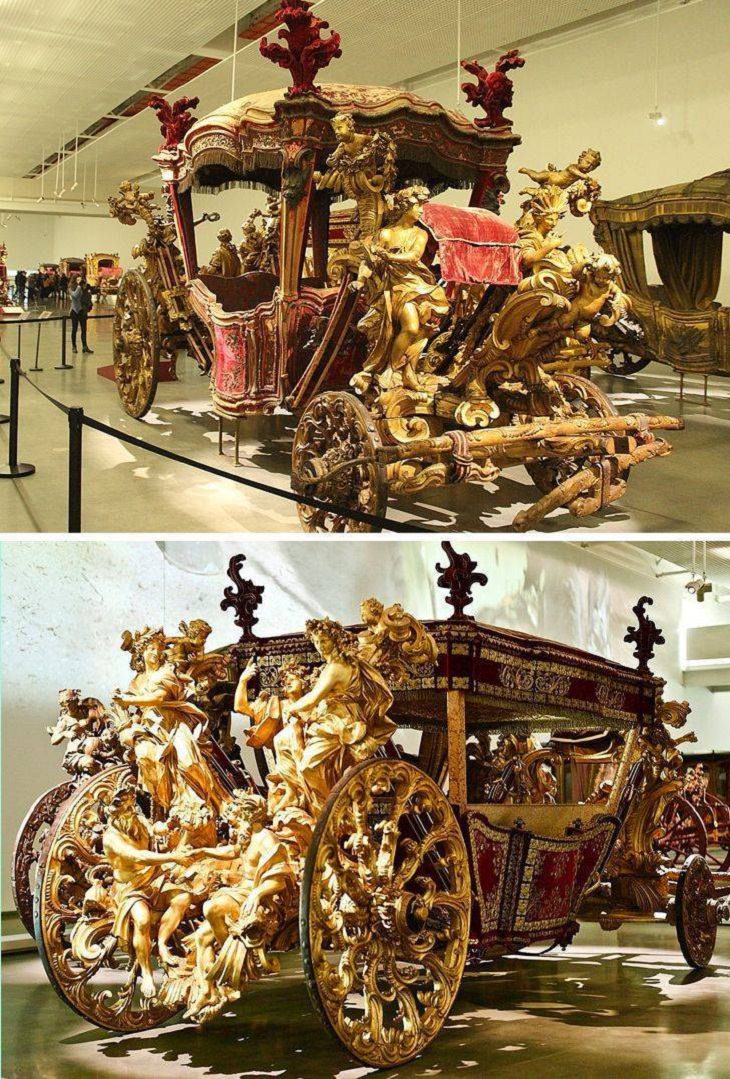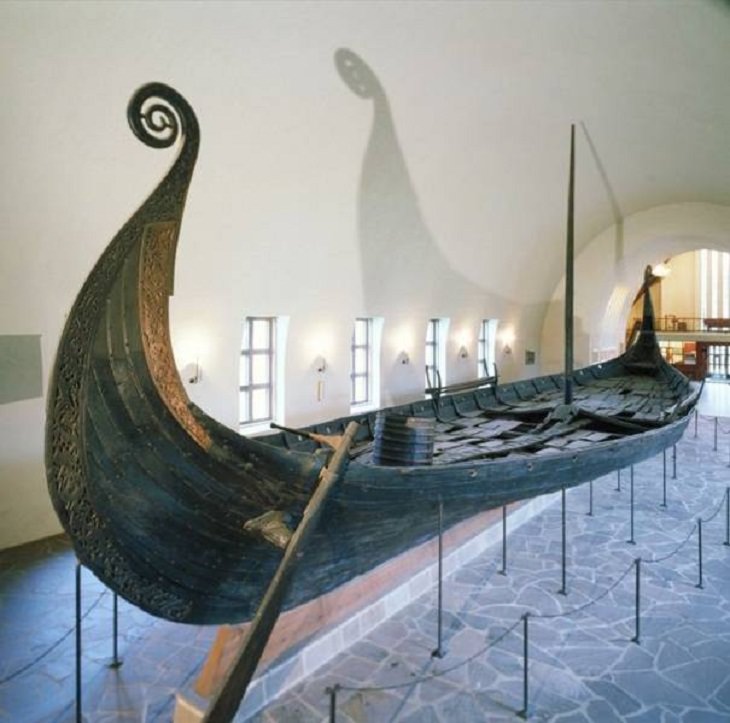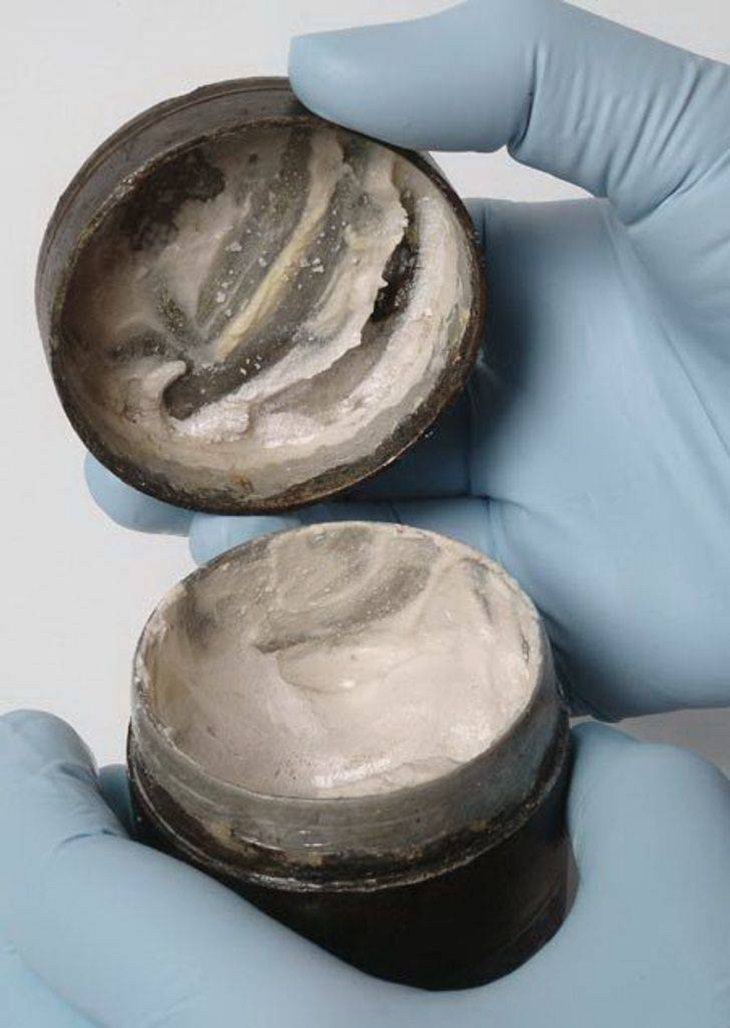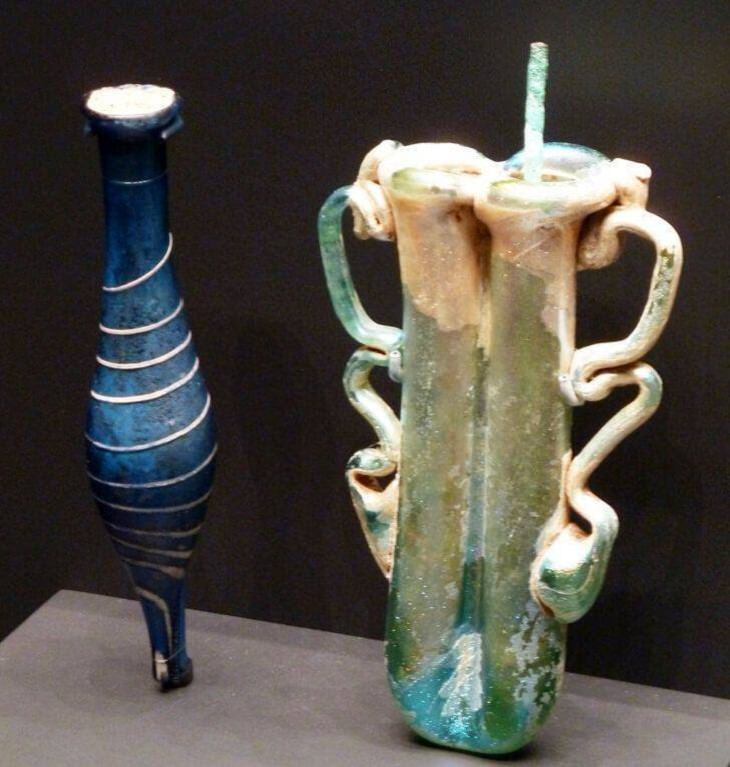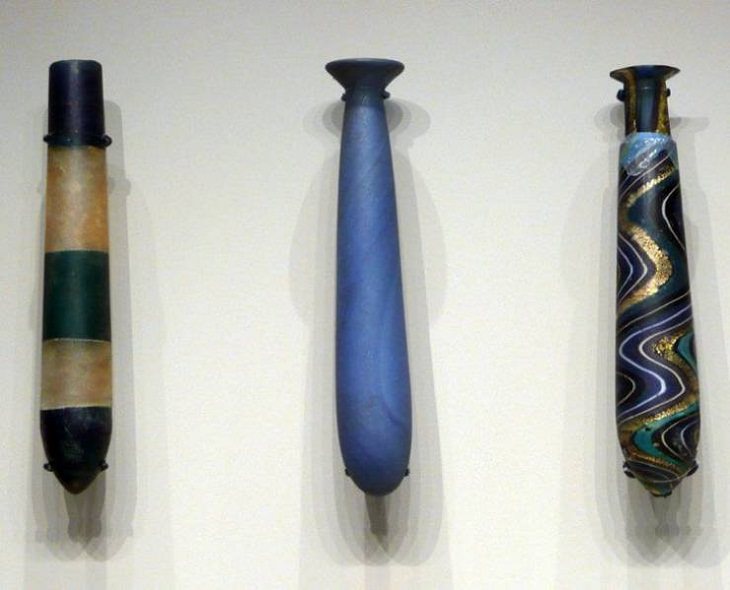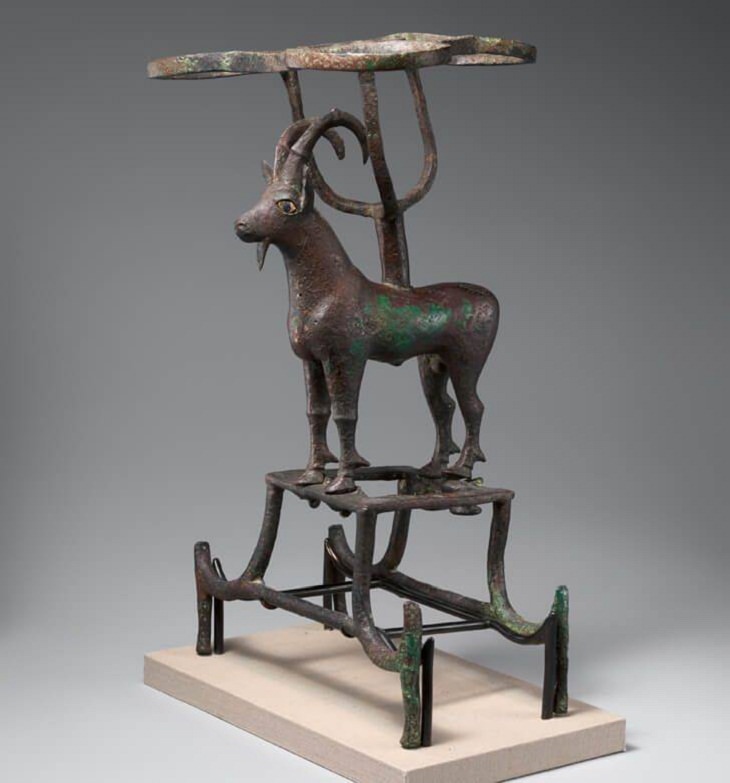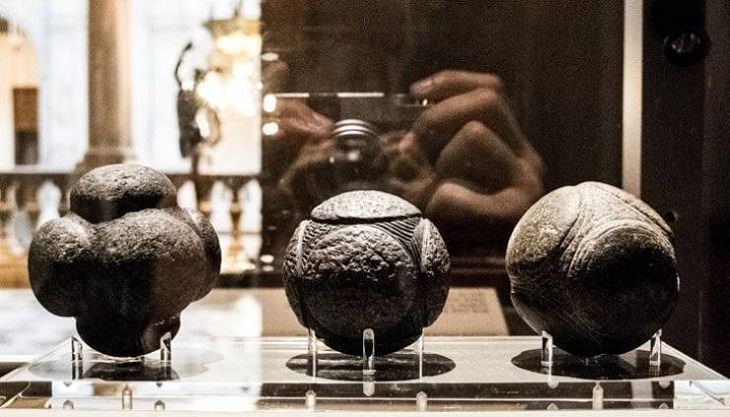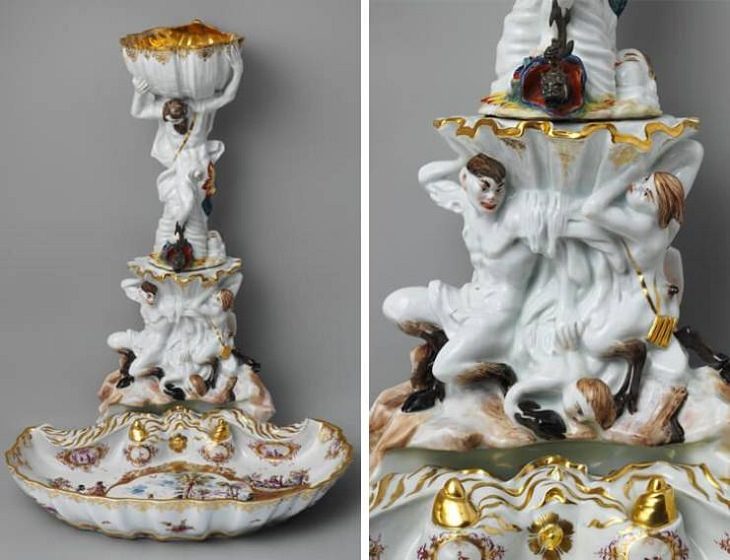
Remember those museum visits during our school days? They used to be so much fun, right? Looking at displays of historical figures, learning about ancient mummies, or marveling at the giant skeletons of dinosaurs – it was all so fascinating. I don’t know about you, but I still love visiting local museums from time to time. They play such an integral part in preserving the history of our society and provide a wealth of information about the past that would otherwise be forgotten.
Today, we will look at some amazing historical items that are preserved in different museums all over the world. From mysterious prehistoric stone balls to a two-thousand-year-old loaf of bread, these must-see museum artifacts have captivating stories.
